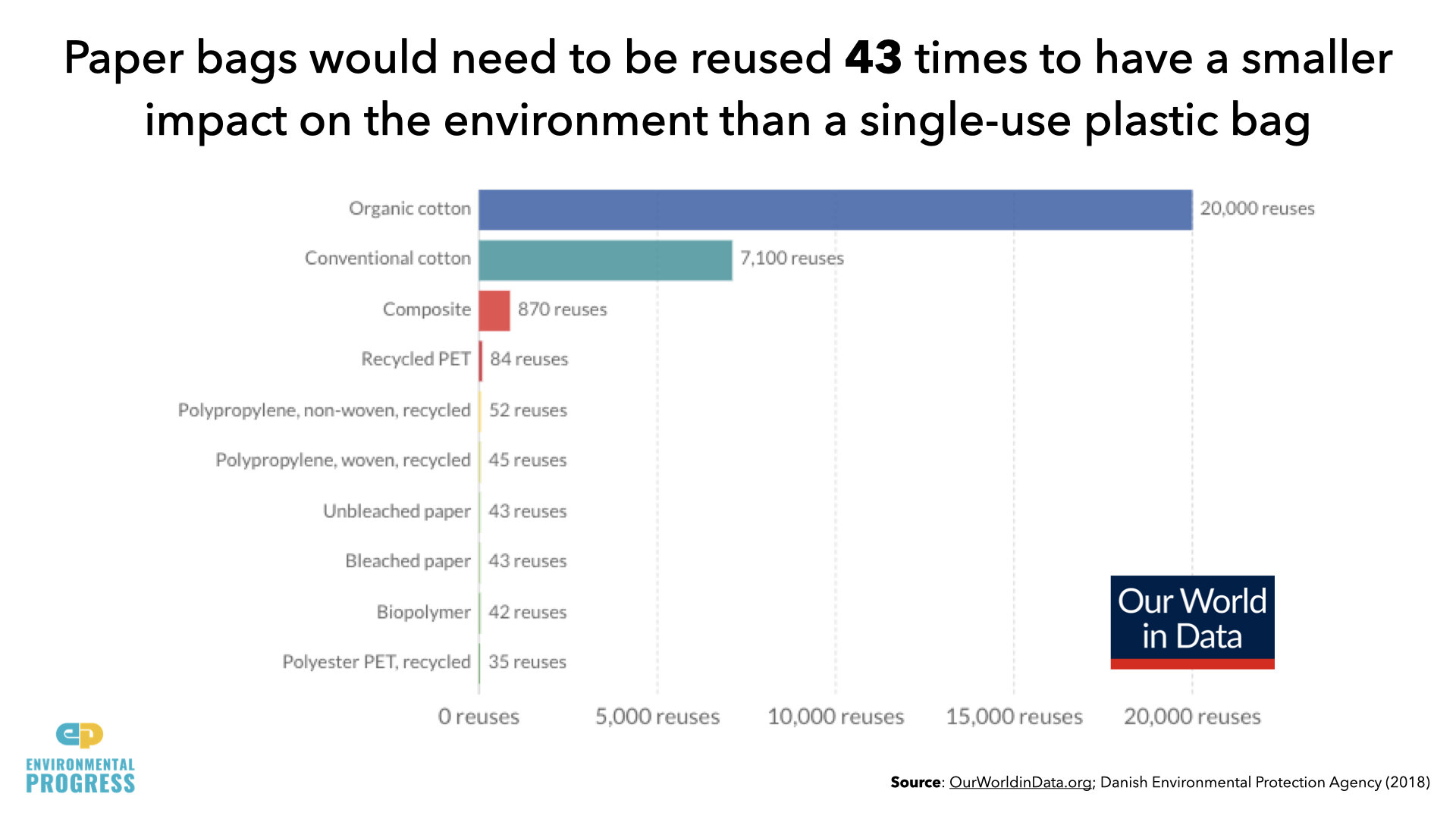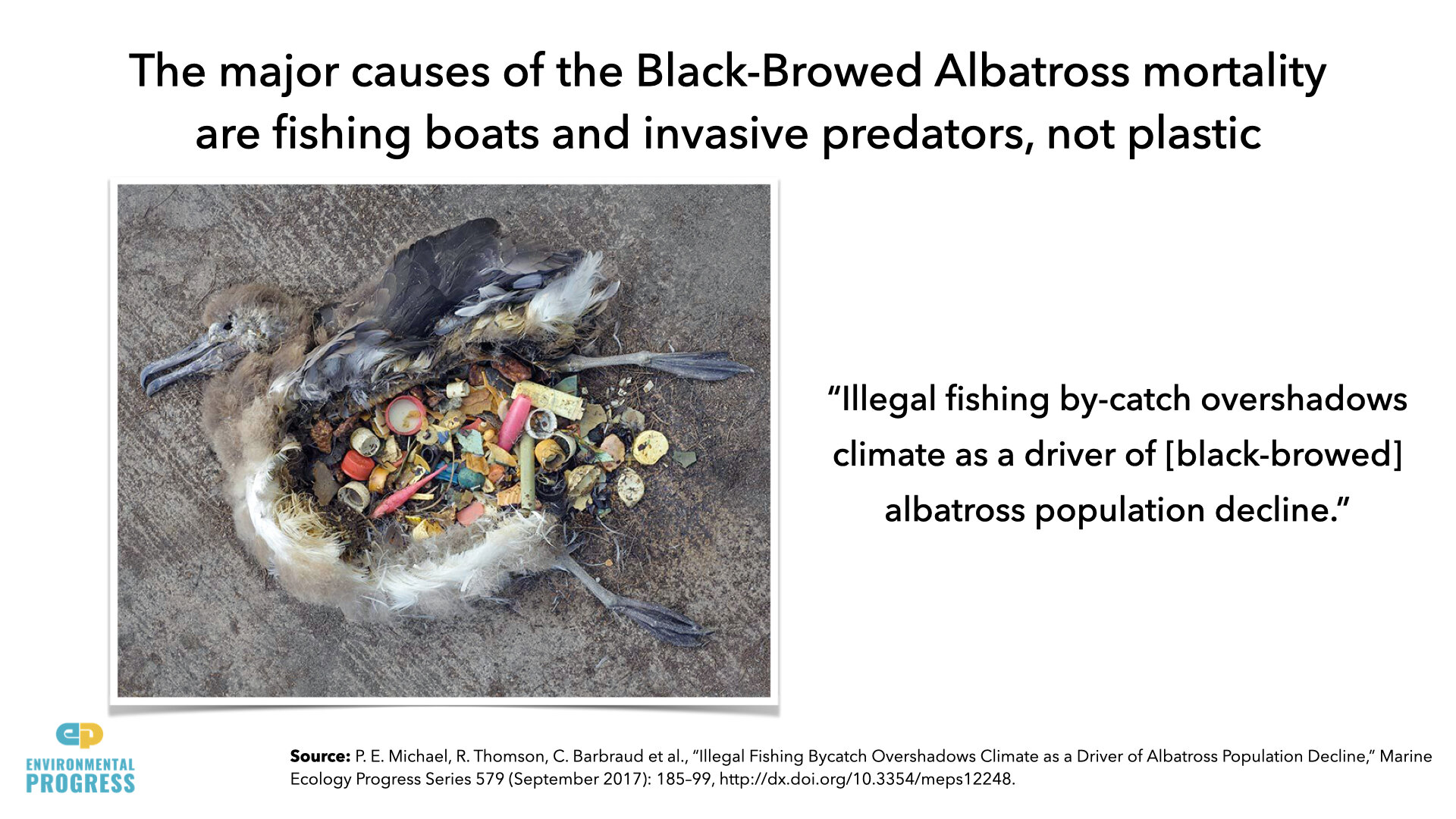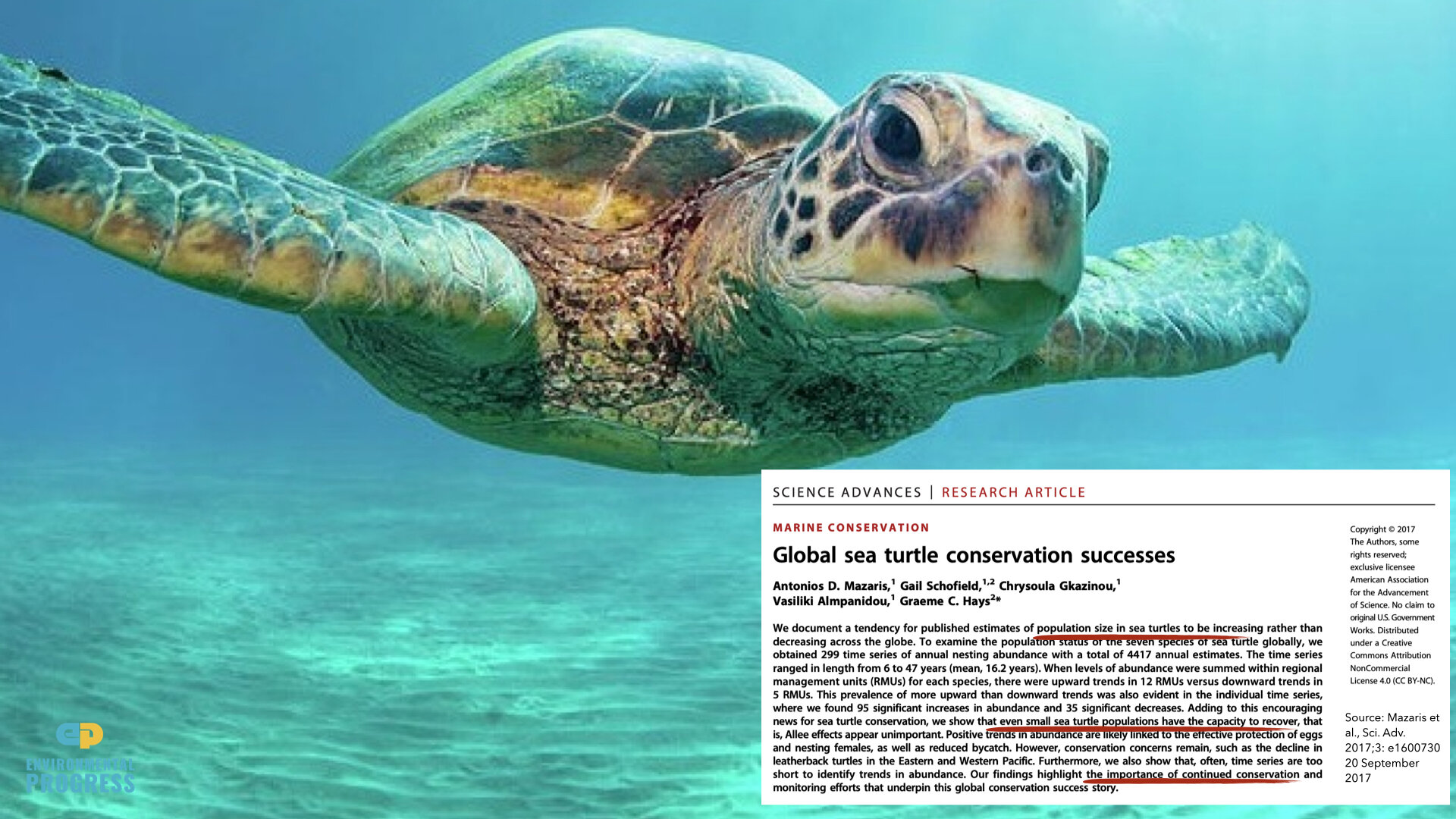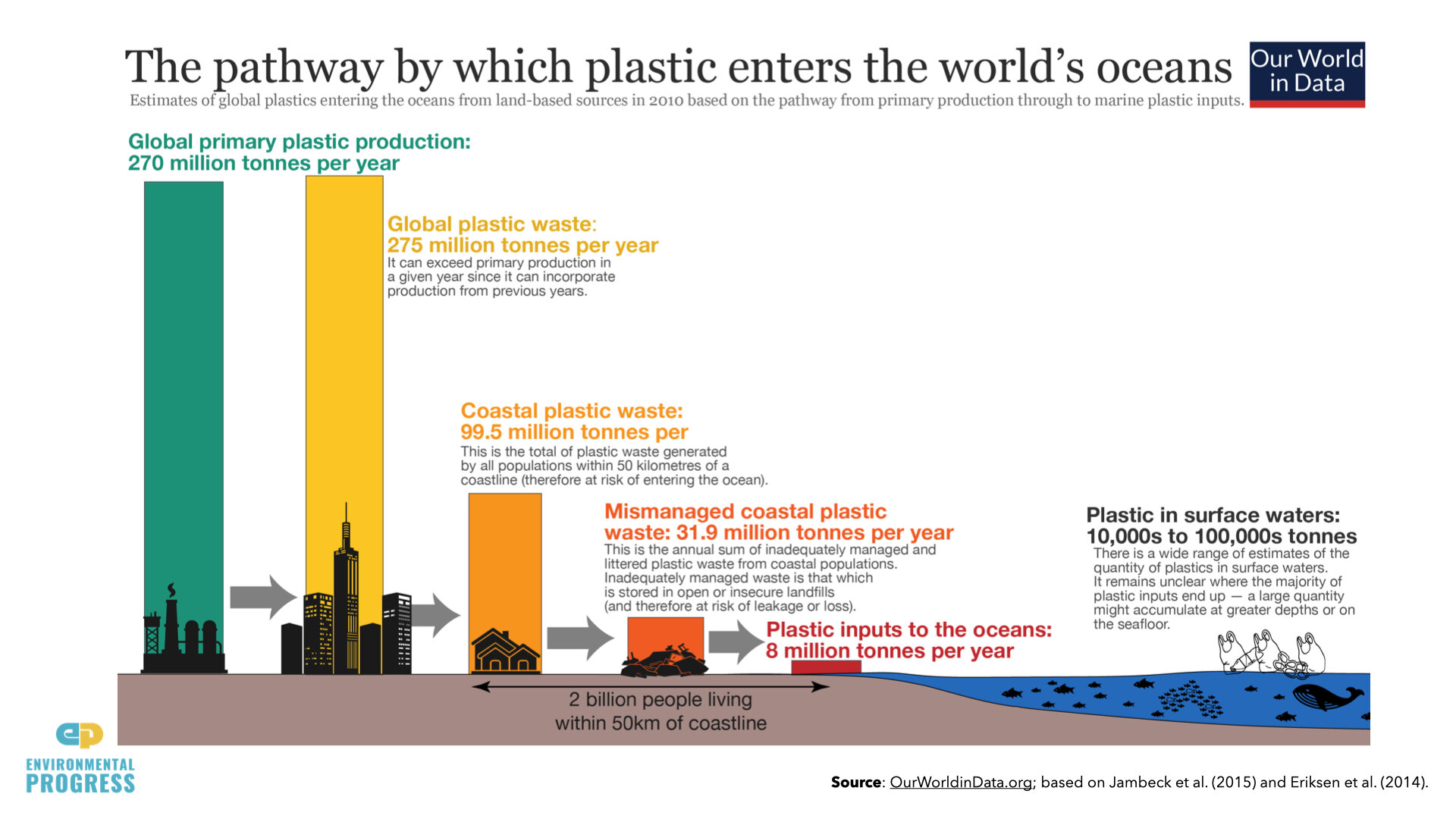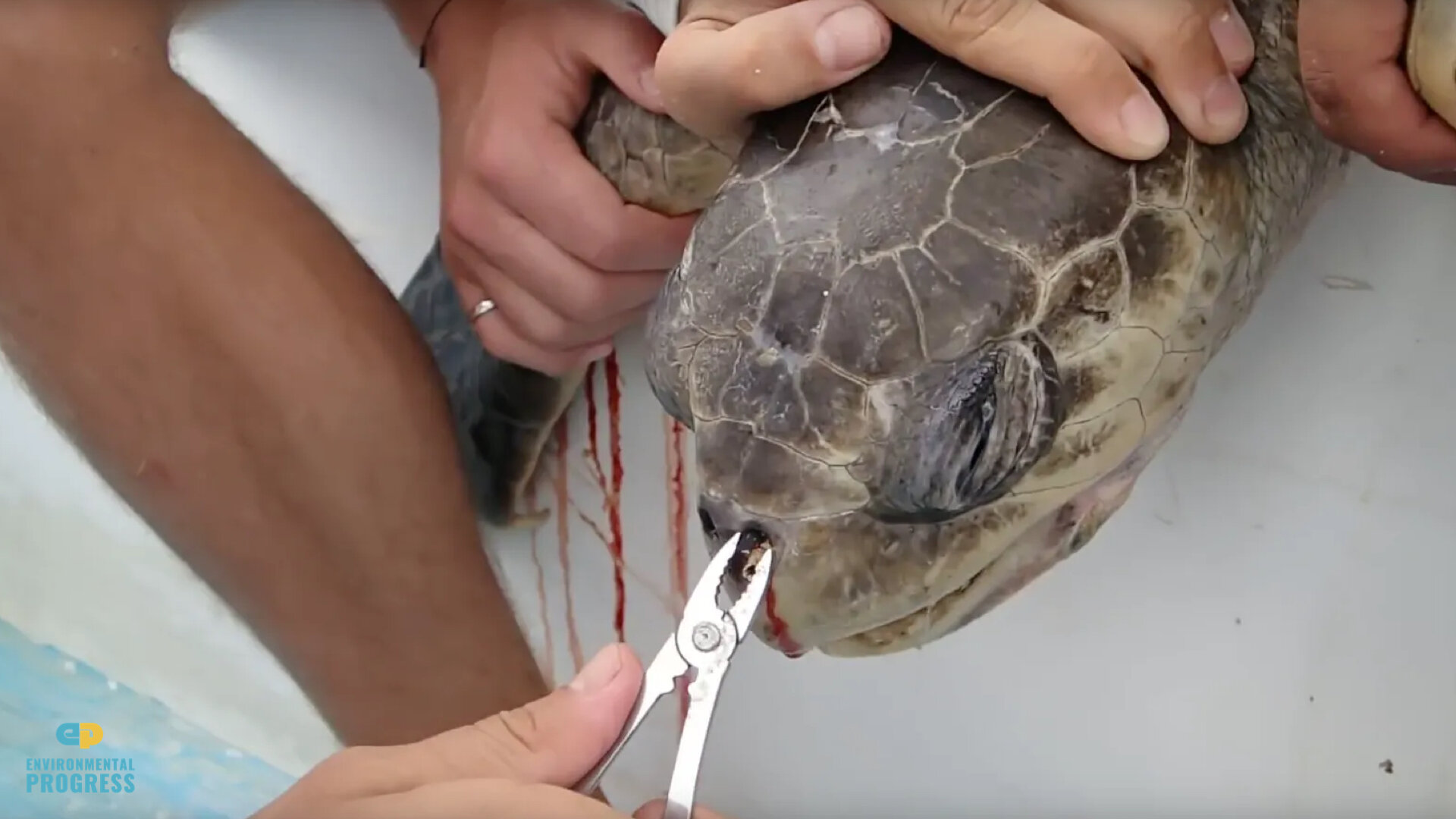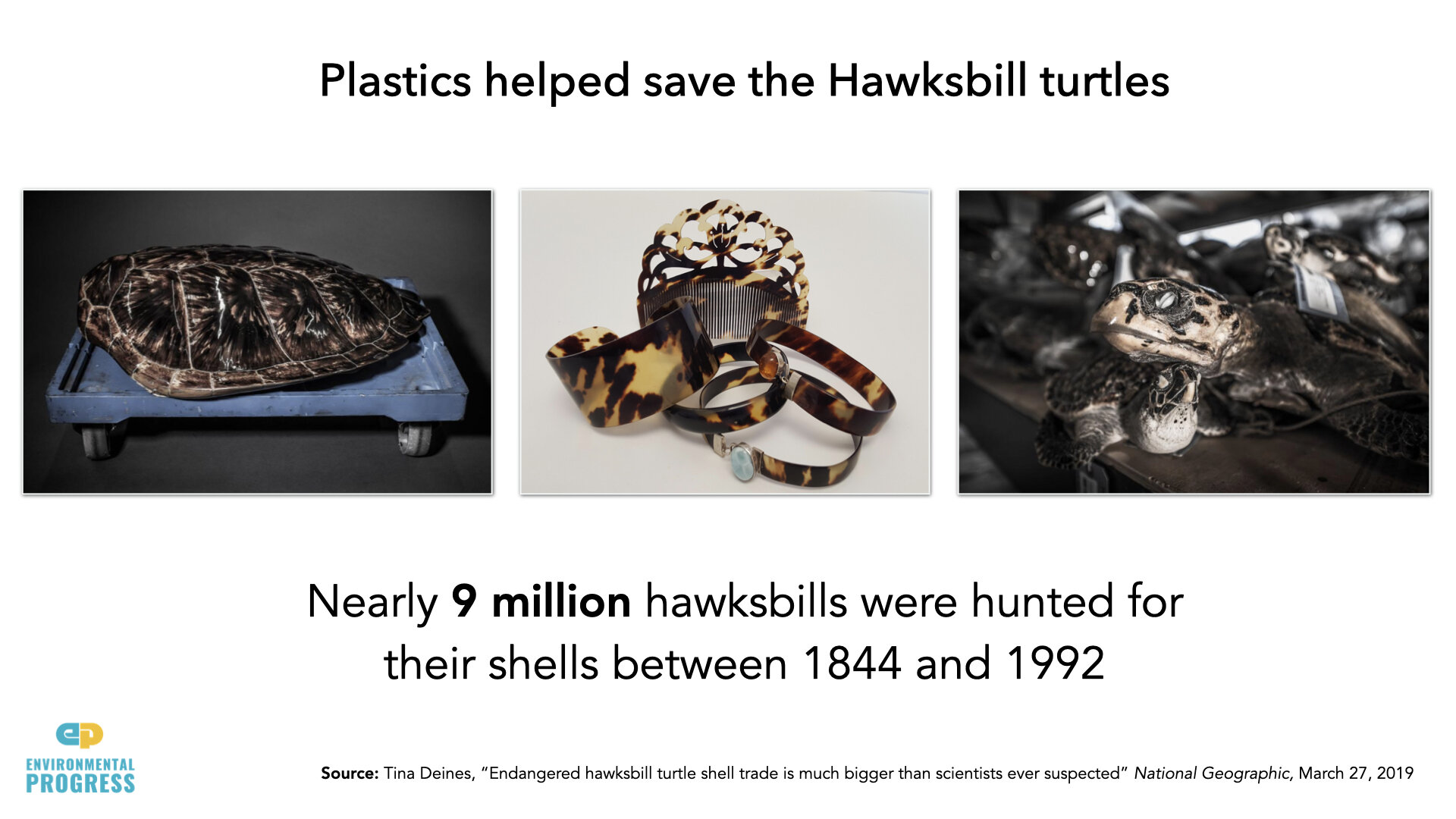Bottom Line
The solution to plastic waste is landfills and incinerators, not recycling.
Part of the reason for so much plastic in oceans is because the attempt to recycle plastics in rich nations resulted in plastics being shipped to poor nations where they were improperly disposed of and ended up in oceans.
Economic development allows poor nations to have the wealth they need to create landfills and incinerators, as well as to protect marine ecosystems and wildlife.
FAQ
How big of a problem is plastic waste in the ocean?
Plastic pollution in our oceans has become an increasingly worrisome environmental concern over the past two decades. Single-use plastic products congeal into floating waste “islands,” contaminating precious ocean ecosystems.
This has been particularly devastating for marine wildlife. Biologists have documented seabirds, whales, and sea turtles ingesting and getting entangled in plastic waste.
Clearly, plastics clogging our oceans is a problem that we need to solve.
What can we do to solve it?
In countries with waste management systems, plastics are either recycled, incinerated, or put into landfills.
While landfills have a reputation of being bad for the environment, they have become much better over time. Landfills now use liners that prevent contaminants from leaching into the soil or groundwater. New management practices have minimized the release of carbon dioxide and methane gases, and some landfills even capture these gases to make energy and fuel. Additionally, there has been greater care invested in choosing locations for landfills to make sure they aren’t being placed in areas of high ecological value (wetlands, floodplains, etc.).
Currently less than 10 percent of plastic produced is recycled. This is largely because the processing equipment and collection practices needed to recycle plastics cost a lot more than what can be made back. Ultimately, it’s still cheaper for plastic makers to simply produce new plastic resin than to make new products from recycled materials. Though recycling may become cheaper and even profitable in the future, it is possible that it may never be cost effective and something that governments must decide to invest in.
If we have these solutions, why is so much plastic ending up in the ocean?
It turns out that the vast majority of plastic waste in the ocean comes from poor and developing countries who lack effective waste management systems. One study found that just four developing nations—China, Indonesia, Philippines, and Vietnam—alone produce half of all plastic waste at risk of entering the ocean.
Many experts thus believe that rich nations seeking to reduce plastic waste in the oceans should improve trash collection in poor ones. “Improving waste management infrastructure in developing countries is paramount,” wrote the authors of a major study in 2015. Doing that would “require substantial infrastructure investment primarily in low- and middle-income countries.”
Can’t we replace plastic with more sustainable and eco-friendly materials?
Unfortunately, the alternatives to fossil-based plastics are not necessarily better for the environment. Paper bags require significantly more energy to produce than plastic bags, meaning they would need to be reused forty-three times to have a smaller impact on the environment. It’s hard to imagine reusing a paper straw more than once.
More durable materials such as glass or aluminum pose a different problem: they take a lot of energy to make. The manufacturing required to make glass bottles requires 170 to 250 percent more energy than plastic bottles. If this energy comes from burning fossil fuels, 200 to 400 percent more carbon is emitted than in plastic production.
These materials also cost significantly more than plastic. If you are a consumer in a wealthy country like the United States, you may have the choice to invest in an aluminum straw or spend a bit more on soda that comes in a glass bottle. But poorer countries cannot afford these more expensive substitutions and to some extent rely on plastics for economic development.
But isn’t our use of plastic bad for wildlife?
While plastic certainly poses a threat to wildlife, it has also played an important role in protecting endangered animals by replacing goods that were originally harvested from animals.
Plastic alternatives replaced tortoiseshell and ivory, materials used for jewelry and other luxury goods, saving hawksbill sea turtles and elephants from near-extinction. As countries have developed and accumulated wealth, plastics have replaced these goods, sparing the wildlife in the process.
How does plastic waste rank compared to other threats to sea life?
The focus by the media and public on plastic pollution would rightfully lead one to believe plastic is the most significant threat to sea life. However, there are other equally important— perhaps more important—threats to marine animals.
For example, overfishing, according to the Intergovernmental Panel on Climate Change, “is one of the most important non-climatic drivers affecting the sustainability of fisheries.” To learn more about overfishing, click here.
Additionally, some animals remain threatened through direct killing by humans. “There’s still a lot of countries worldwide where turtle meat, shell, fat are still consumed,” said conservation biologist Christine Figgener, whose research focuses on marine turtles. “There are beaches where they take literally 100 percent of every egg that is laid on that beach, preventing a new generation from being produced.”
So, plastic pollution certainly ranks high in wildlife concerns, but more direct threats from human activity like overfishing and overhunting play more devastating roles.





